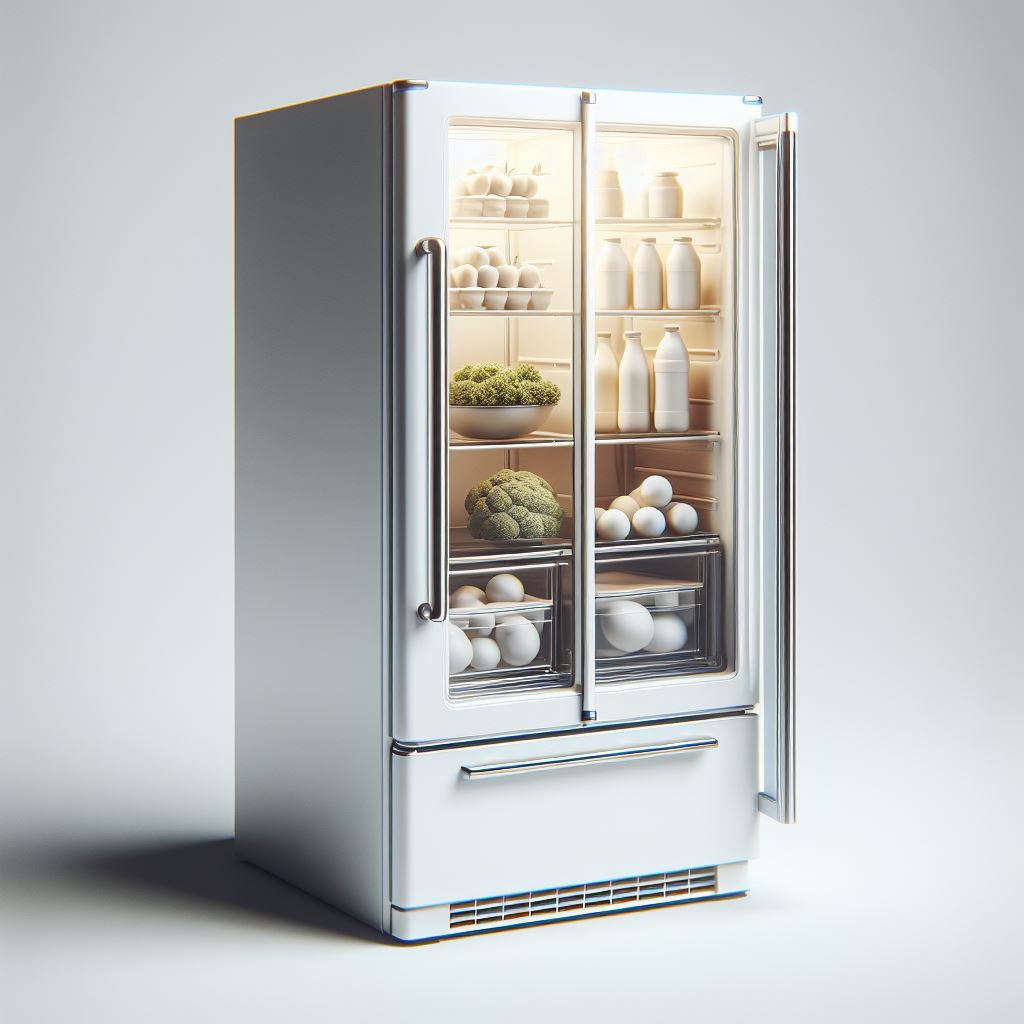Have you ever opened your refrigerator only to find it covered in condensation on the inside? It can be frustrating and puzzling to see moisture accumulating in a place that is supposed to keep your food cool and dry. But fear not, there are several reasons why your refrigerator may have condensation inside, and understanding these causes can help you prevent it from happening in the future. Let’s dive into the world of refrigerator condensation and uncover the secrets behind this common kitchen phenomenon.
If you’ve ever opened your refrigerator door and noticed water droplets or condensation on the inside, you may be wondering why this is happening. Condensation inside a refrigerator can be caused by a few different factors, and understanding these reasons can help you address the issue and prevent it from happening in the future.
One common reason for condensation inside a refrigerator is a problem with the door seal. The door seal is what keeps the cold air inside the refrigerator and prevents warm air from entering. If the door seal is damaged, worn out, or dirty, it may not be able to create a proper seal, allowing warm air to enter the refrigerator and causing condensation to form. To fix this issue, you can try cleaning the door seal with a mild soap and water solution, or if it is damaged, you may need to replace it.
Another reason for condensation inside a refrigerator is a problem with the temperature settings. If the temperature inside the refrigerator is set too low, it can cause the air inside to become too cold, leading to condensation forming on the walls and shelves. On the other hand, if the temperature is set too high, it can cause the refrigerator to work harder to maintain a cool temperature, which can also lead to condensation. To prevent condensation caused by temperature issues, make sure to set the refrigerator to the manufacturer’s recommended temperature settings.
Additionally, condensation inside a refrigerator can be caused by the humidity levels in the surrounding environment. If the humidity levels in your home are high, it can cause moisture to build up inside the refrigerator, leading to condensation. To address this issue, you can try using a dehumidifier in your home to reduce the humidity levels, or you can try placing a container of baking soda inside the refrigerator to absorb excess moisture.
In some cases, condensation inside a refrigerator may be a sign of a more serious issue, such as a problem with the refrigerator’s insulation or a malfunctioning defrost system. If you notice excessive condensation inside your refrigerator, it may be a good idea to contact a professional appliance repair technician to diagnose and fix the problem.
In conclusion, condensation inside a refrigerator can be caused by a variety of factors, including a damaged door seal, temperature settings, humidity levels, or more serious issues. By understanding the reasons for condensation and taking steps to address them, you can prevent condensation from forming inside your refrigerator and keep your food fresh and cold.
1. Why is there condensation inside my refrigerator?
Condensation occurs inside a refrigerator when warm, moist air enters the cold interior and comes into contact with the cooler surfaces. This is a common occurrence, especially when the refrigerator door is frequently opened and closed.
2. How can I prevent condensation from forming inside my refrigerator?
To prevent condensation inside your refrigerator, try to limit the amount of time the door is open, avoid placing hot or uncovered food inside, and ensure that the seals on the door are functioning properly. You can also use a dehumidifier in the room where the refrigerator is located to reduce overall humidity levels.
3. Is condensation inside my refrigerator a cause for concern?
Condensation inside a refrigerator is typically not a cause for concern, as long as it is not excessive or leading to water pooling inside the appliance. If you notice a significant amount of condensation or water buildup, it could indicate a problem with the seals or temperature settings that should be addressed.
